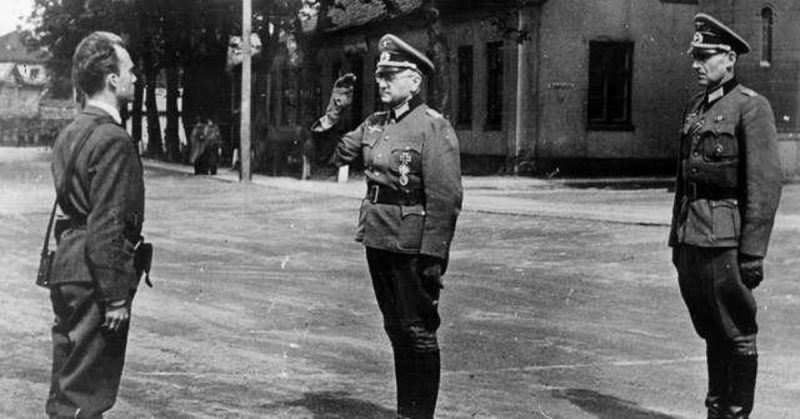Many people know the story of Lieutenant Onoda, the Japanese soldier who only surrendered in 1974. He had survived alone in the jungles of the Philippines for almost thirty years after the end of the Second World War. He’d also remained fiercely loyal to the defunct Imperial Army of Japan.
Far fewer people know the story of another final Axis surrender, though. The soldier in question was a German, and although he did not hold out nearly as long as Lieutenant Onoda, he and his men had to battle against one of the most inhospitable climates on earth to survive: the Arctic.
Fighting against temperatures as low as -40 degrees, as well as hungry polar bears, Lieutenant Wilhelm Dege and his men were the last German soldiers to surrender, four months after the fall of Berlin.

One question that likely comes to mind is: what were a bunch of Nazi soldiers doing there in first place?
It may initially sound like something out of a far-fetched thriller movie or spy novel, but the real reason they were there was far more ordinary: they were manning a weather station.
While their motivation for being there was rather straightforward, the importance, in military terms, of having an Axis weather station cannot be overstated.
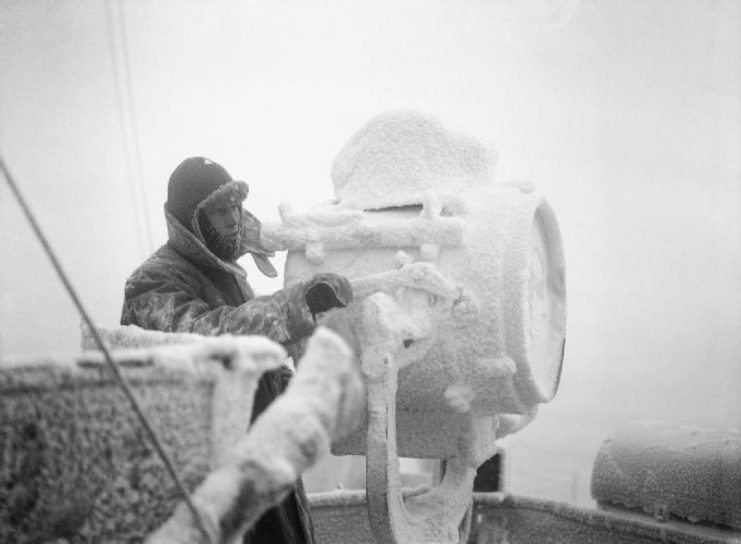
In 1939, when WWII broke out, the Allies took control of most meteorological networks and encrypted their information about the weather. Accurate forecasts were crucial to the success – or failure – of military operations, especially those involving airplanes.
The Nazis realized that, if they wanted to win battles, they needed to establish and control a number of weather stations of their own.Because most of the weather in Germany is directly affected by climatic conditions in the North Sea and the Arctic, the German High Command knew that it was crucial to establish a military weather station in those locations.
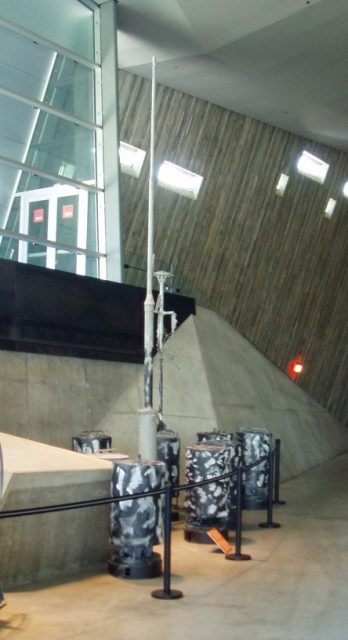
A number of weather stations were established in the Svalbard region of the Arctic, but all eventually failed or fell to the Allies, who also established weather stations there.The final German mission of the war to establish a weather station in Svalbard was led by Lieutenant Wilhelm Dege – and his mission was a success.
In August 1944, Dege and ten other German soldiers managed, in a mission called Operation Haudegen, to establish a weather station on Nordaustlandet, one of the most remote and inhospitable islands of the Svalbard region.
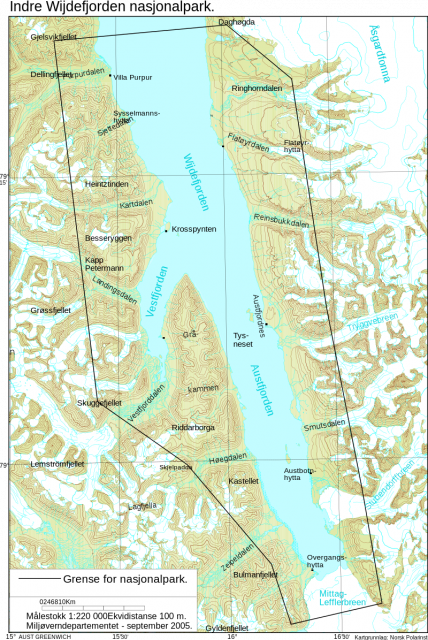
Life on the remote station was very difficult. Not only did the troops have to deal with the possibility of attack by Allied commando units, but there were also other more natural threats as well.
They had to brave the extreme cold, ice and snow, with temperatures dropping to -40 degrees. They also had to contend with polar bears – the largest land-based predators on earth, which are well-known to be man-eaters.
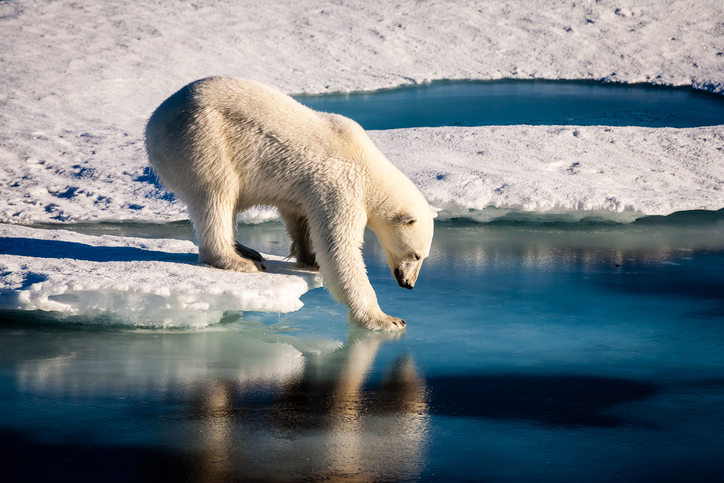
There were also quieter, more insidious foes to combat: boredom, isolation, and the endless darkness of the Arctic winter.Despite these threats, the German troops dutifully transmitted information about the weather every day for a year until, in May 1945, they received a transmission informing them of Germany’s surrender. They were also ordered to destroy all documents and weather reports.
After this, there were no more transmissions, and their radios fell permanently silent.While the men had enough supplies to last them for two years, they were hoping they didn’t have to have to hold out for so long. However, it became apparent that they had been forgotten about since nobody, either from the Allies or the Axis, came for them.
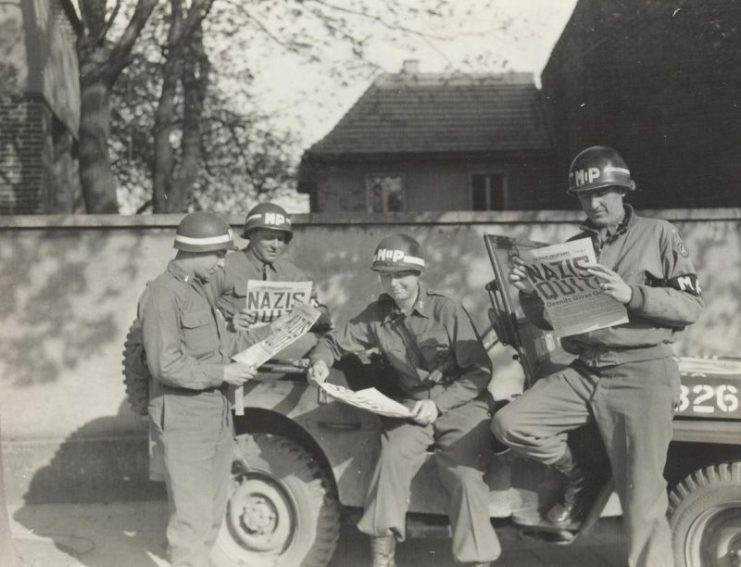
After four months, Dege knew that he needed to take drastic action in order to ensure the survival of his men. He began to send out distress signals on Allied radio frequencies, hoping that someone would pick up the message and come to rescue them before the cold – or polar bears – took them.
The only means of transport Dege and his men possessed was a single rowing boat. Without outside rescue, they would eventually starve to death.Fortunately, one of their distress signals was received in Norway, and a small whaling ship was sent out to the remote island to fetch them.
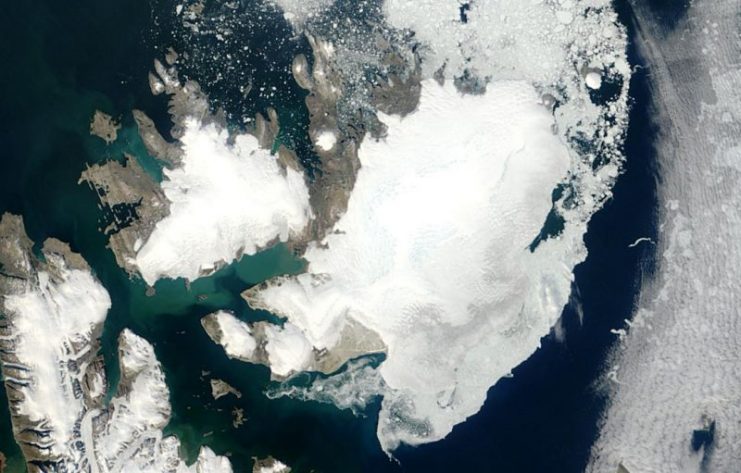
When the captain of the Norwegian ship stepped onto the beach of Nordaustlandet, Lieutenant Dege greeted him in English. The captain indicated that he did not understand so Dege, a highly educated man who was fluent in a few languages, switched to Norwegian.
The surrender of these final German soldiers was an amicable affair. Dege asked the captain if he would like to come to their weather station for a meal, coffee, and schnapps.
The captain agreed to do this, and while they were eating, Dege put his Lüger pistol on the table. Smiling, he pushed it over to the Norwegian and said, “With this, I surrender.”
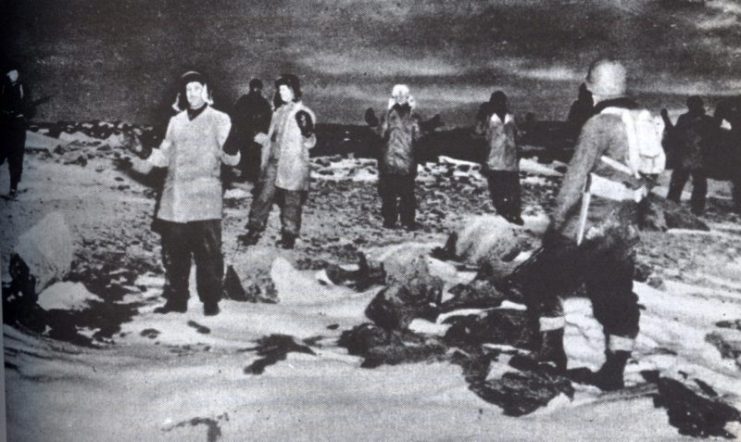
The move caught the captain by surprise, and all he could say in response was, “May I keep the pistol?” They drew up a document of surrender in Norwegian, which Lieutenant Dege signed. After that the Germans were escorted off the island, making them the last German unit to surrender in WWII.
The men were kept in captivity in Norway for a few months before being allowed to return to Germany.The eleven men, who had survived conditions of such adversity together in one of the most hostile environments on Earth, had reunions in East Germany every year after the war until the Cold War made traveling between East and West Germany too dangerous.
After this, it wasn’t possible for the eleven soldiers to have a reunion with all the members present.
Wilhelm Dege eventually wrote a book about his experiences in the war and on Nordaustlandet, called War North of 80.
As for the abandoned German weather station, it is still there on the island and is occasionally used as an emergency refuge for any explorers who happen to get stranded there.
